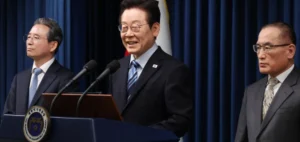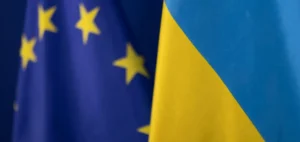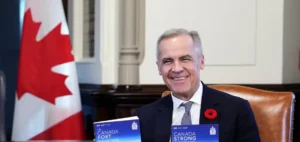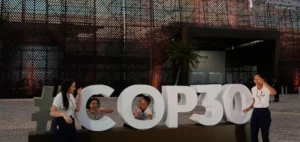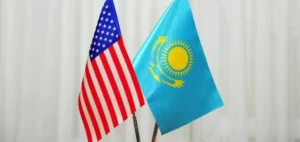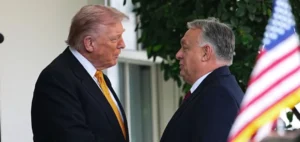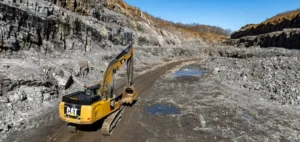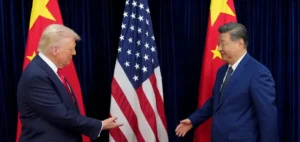Developed countries that pledged $8.5 billion last year to help South Africa make a “just energy transition” approved the country’s plan on Monday.
In a joint statement issued at the start of COP27 in Sharm el-Sheikh, Egypt, the United States, the European Union, Britain, France and Germany announced that they had endorsed the “Investment Plan for a Just Energy Transition” presented last week by the South African government.
This plan figures the “financial needs of 98 billion dollars over five years to begin the energy transition over twenty years of South Africa,” says the statement.
The approval of the countries of the “group of international partners” (GPI) will make it possible to release the 8.5 billion, announced last year at the COP26 in Glasgow.
They will be “disbursed through a variety of mechanisms over a five-year period, including grants, soft loans, and investment and risk-sharing instruments,” a GPI release said.
Since the agreement in principle on the “JET-P”, the Just Energy Transition Partnership, presented at the time as an example of cooperation to combat emissions in developing countries, negotiations have been delicate for its implementation.
In particular, South Africa felt that the proportion of loans was far too high and the overall amount too low.
But the GPI assures that the funds must have a “leverage effect” to mobilize private capital, without which the necessary sums cannot be raised.
The aim is “to accelerate the decarbonization of the South African economy, to help the country meet its ambitious emissions targets,” the statement said.
The funds mobilized will be “directed to the decommissioning of coal-fired power plants, funding for alternative jobs in coal mining areas, investments to facilitate and accelerate the deployment of renewable energy, and investments in new green economy sectors.”
Africa’s leading industrial power draws 80% of its electricity from coal, a mainstay of the economy employing nearly 100,000 people.
As a result, it is a major emitter of greenhouse gases responsible for global warming.
The indebted state-owned utility Eskom is unable to produce enough electricity with aging and poorly maintained facilities, and the country suffers regular blackouts.
According to the World Bank, South Africa will need at least $500 billion to achieve carbon neutrality by 2050.














